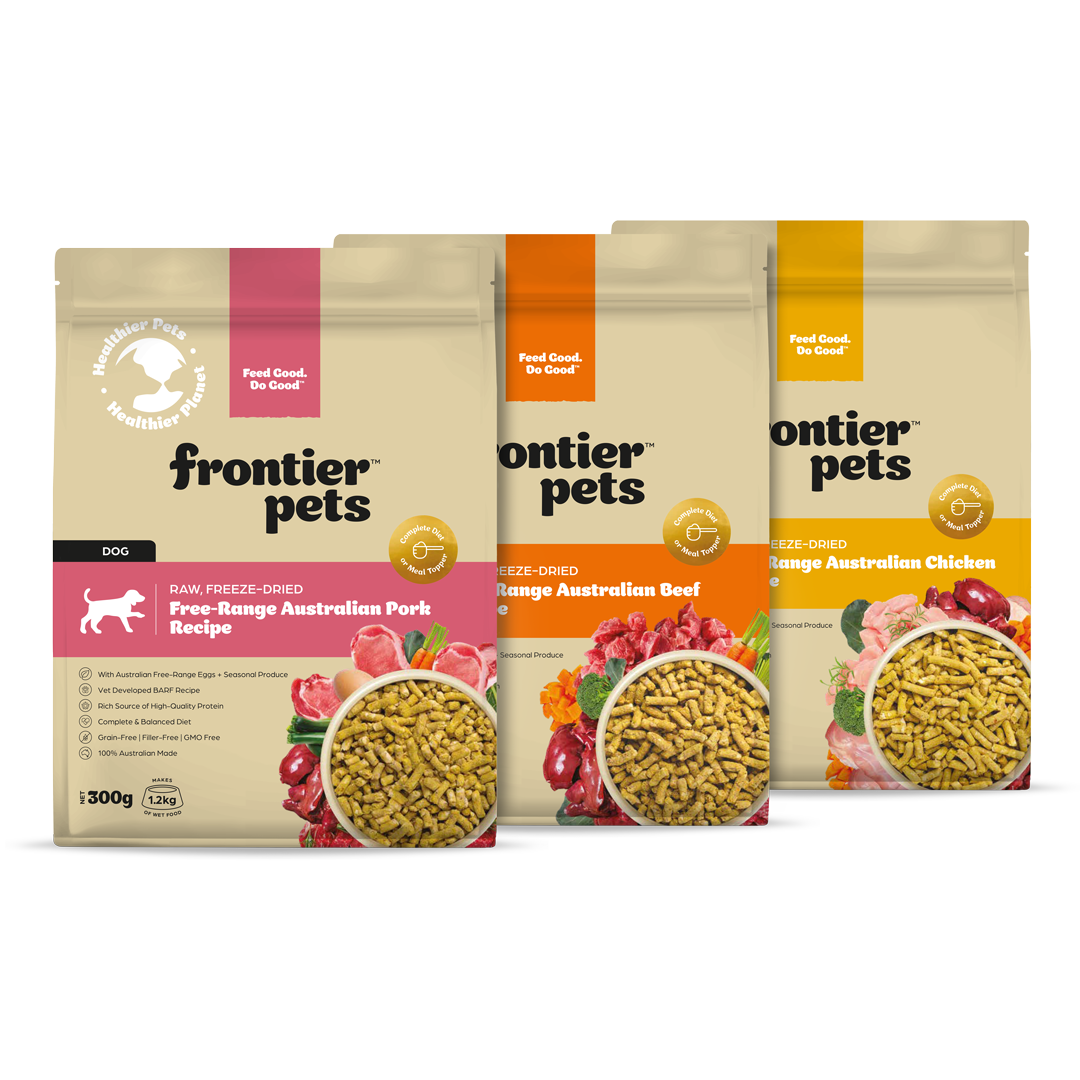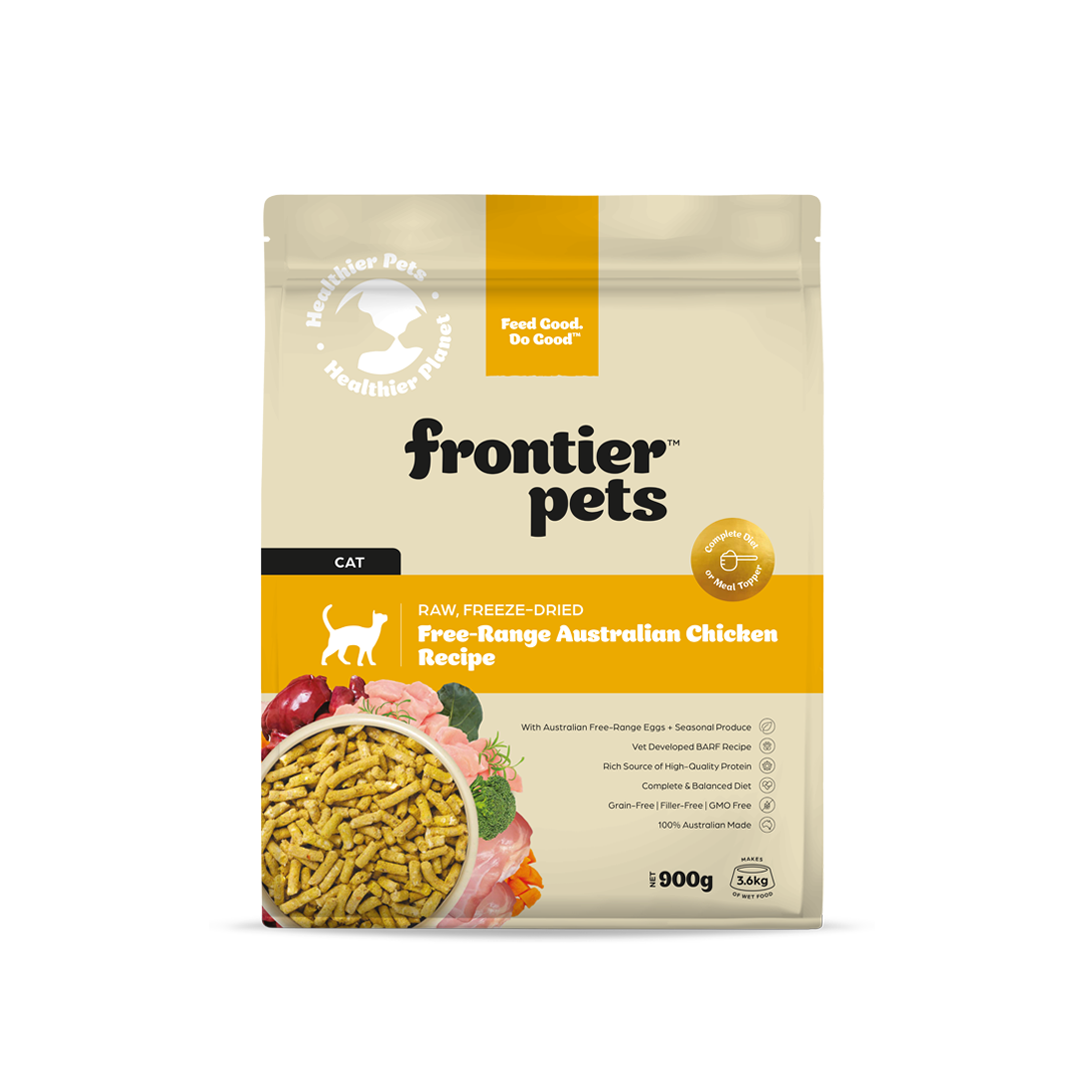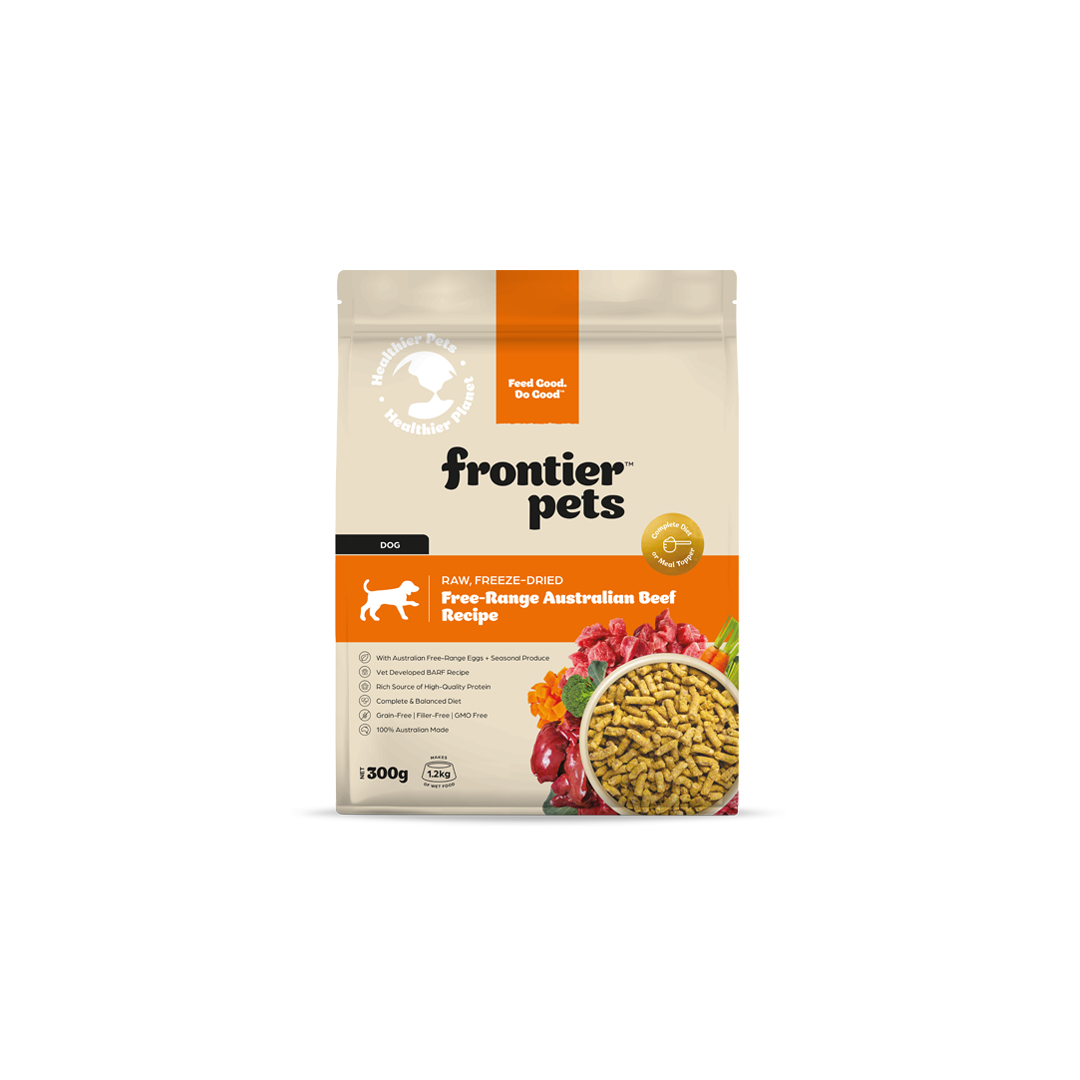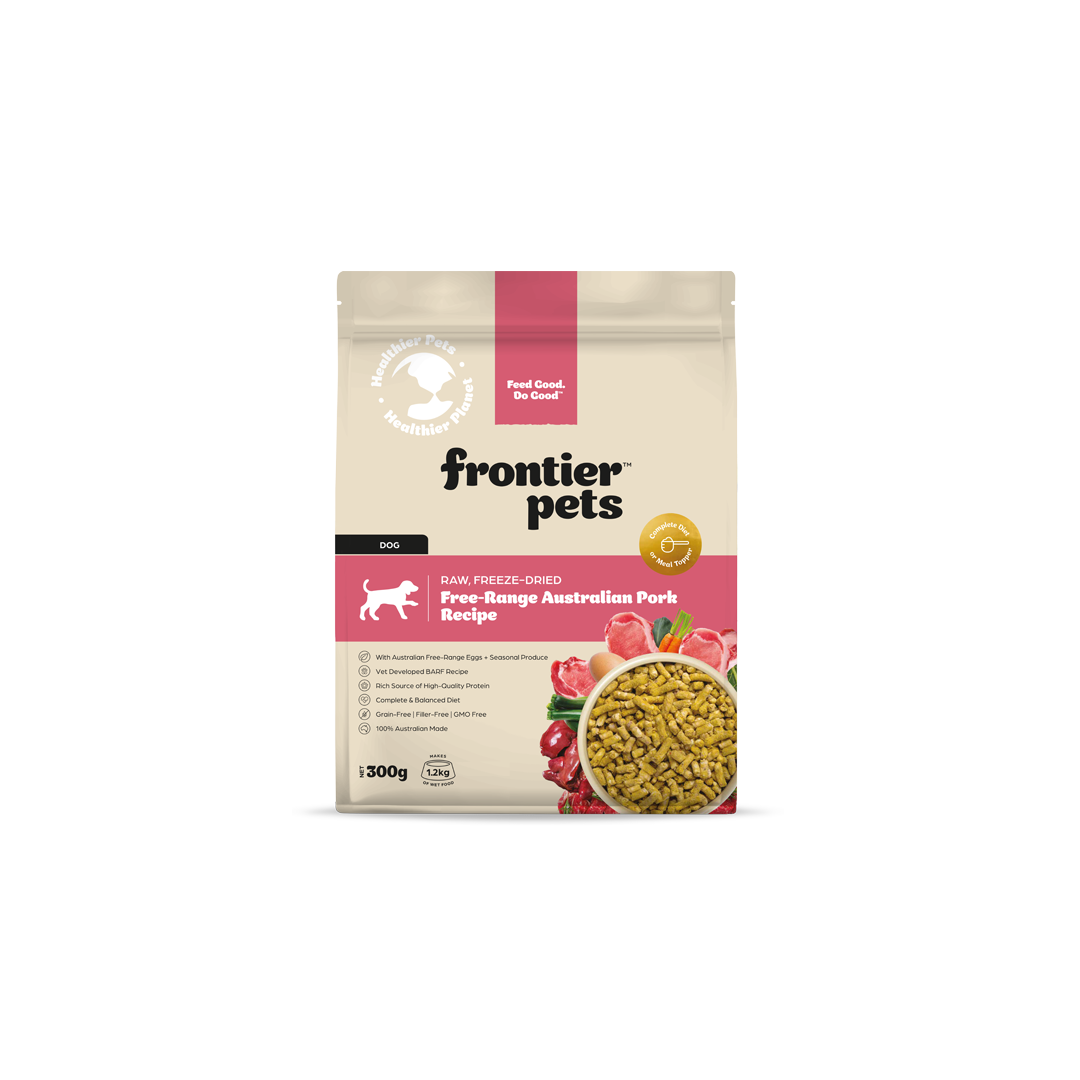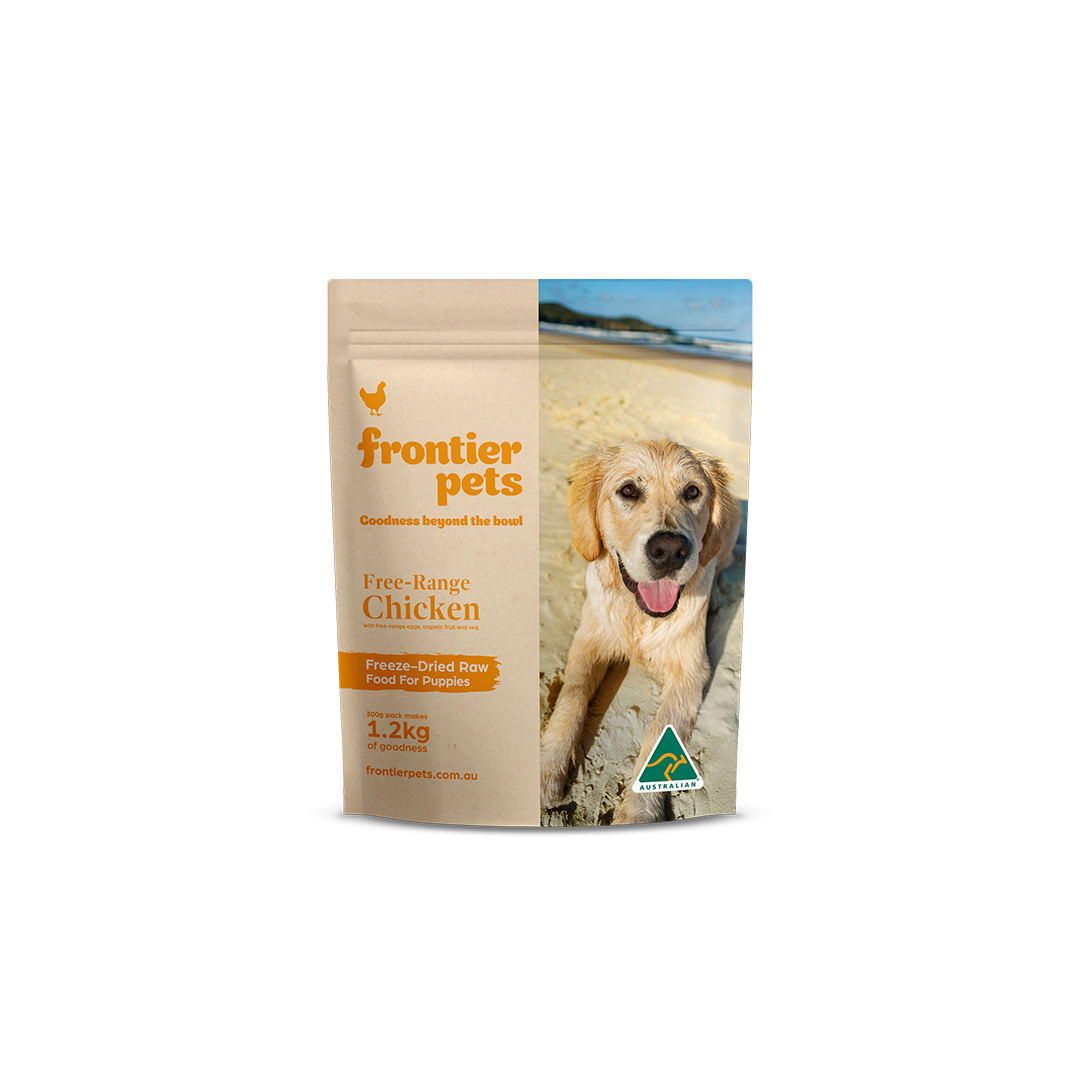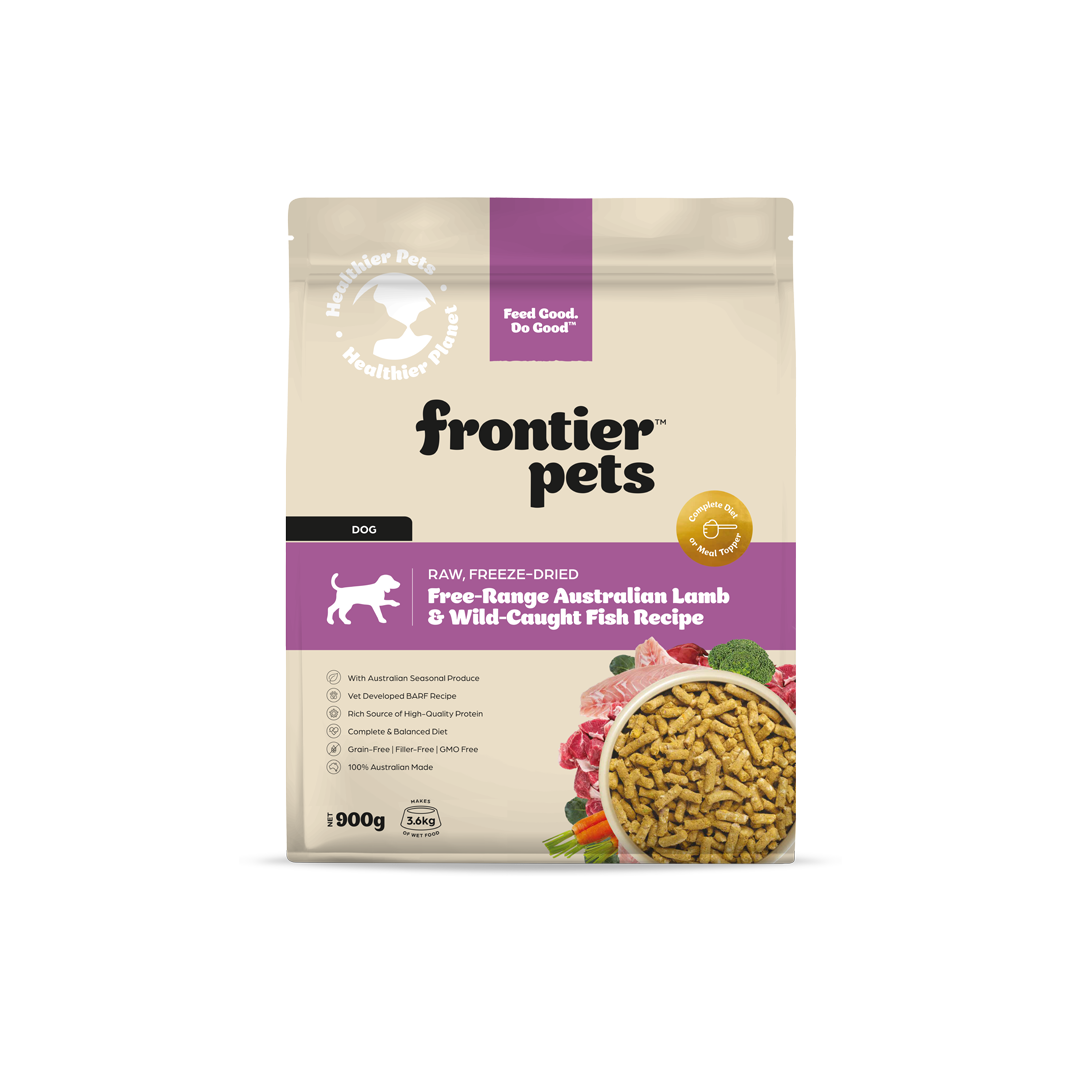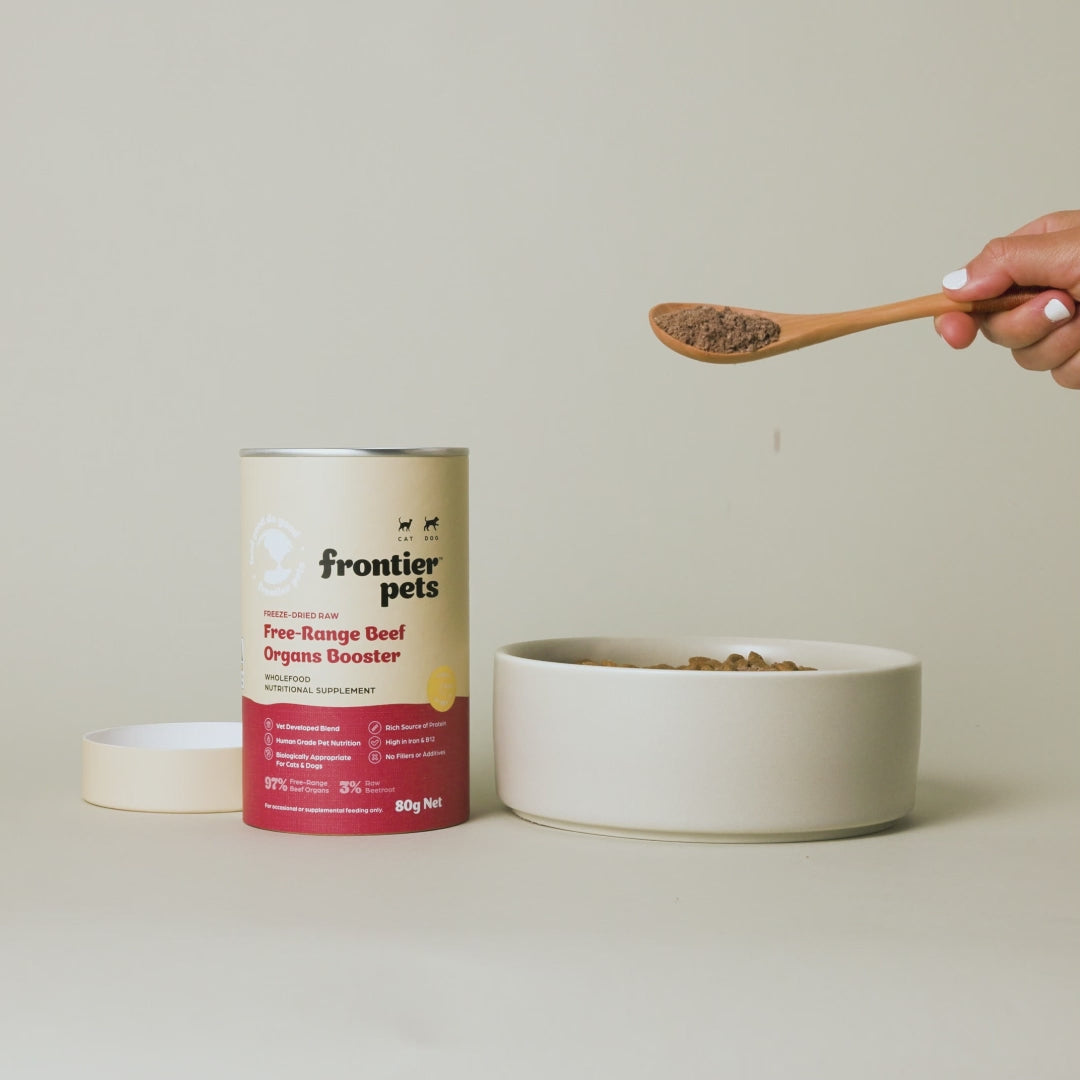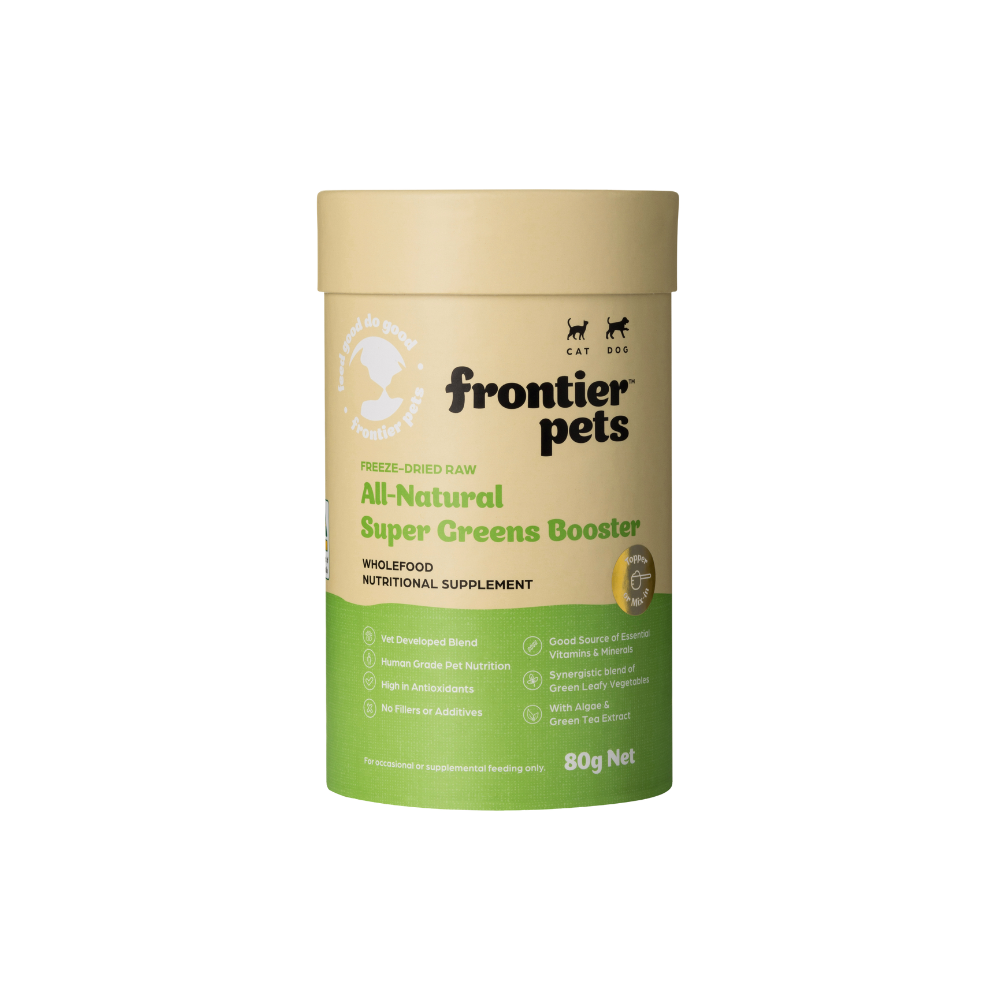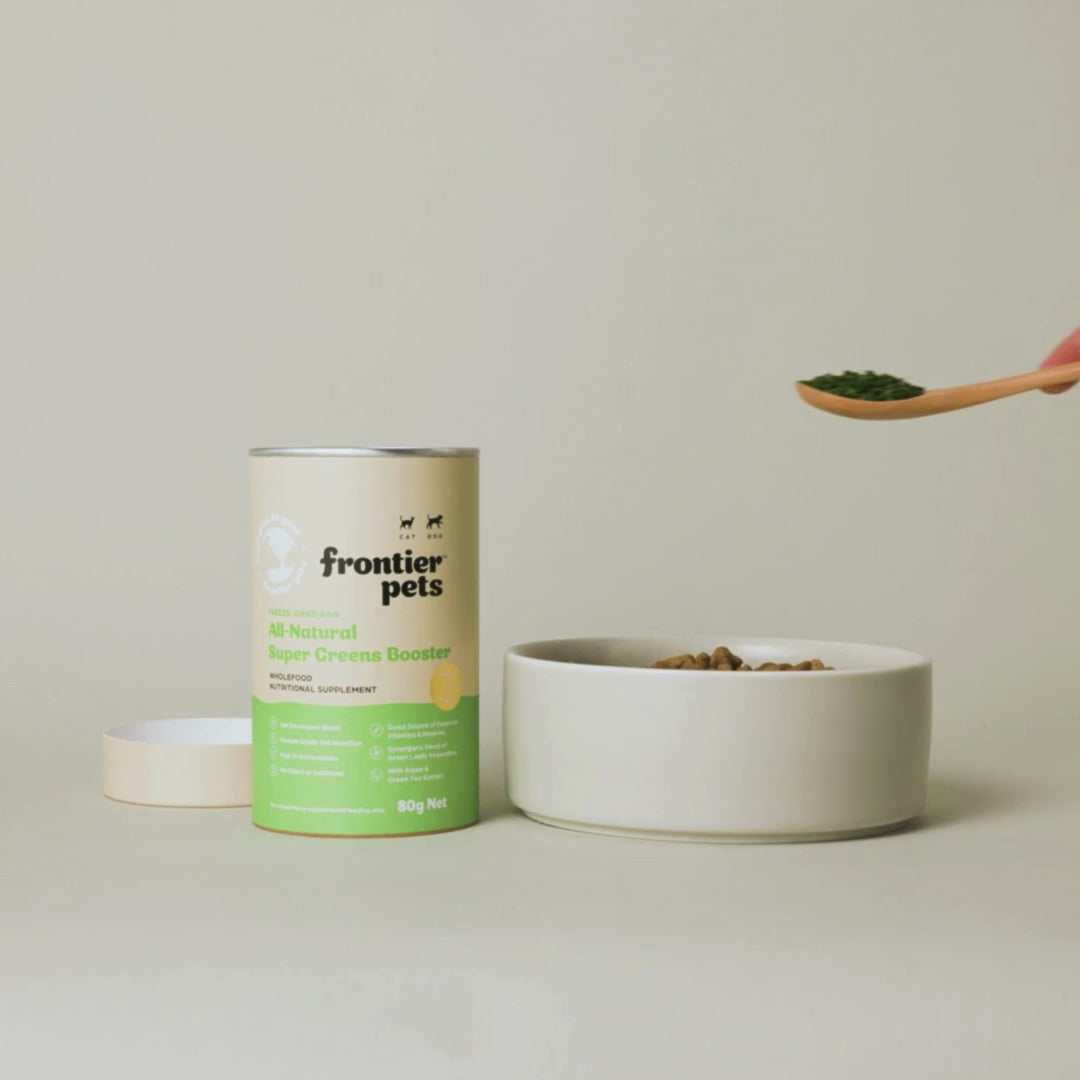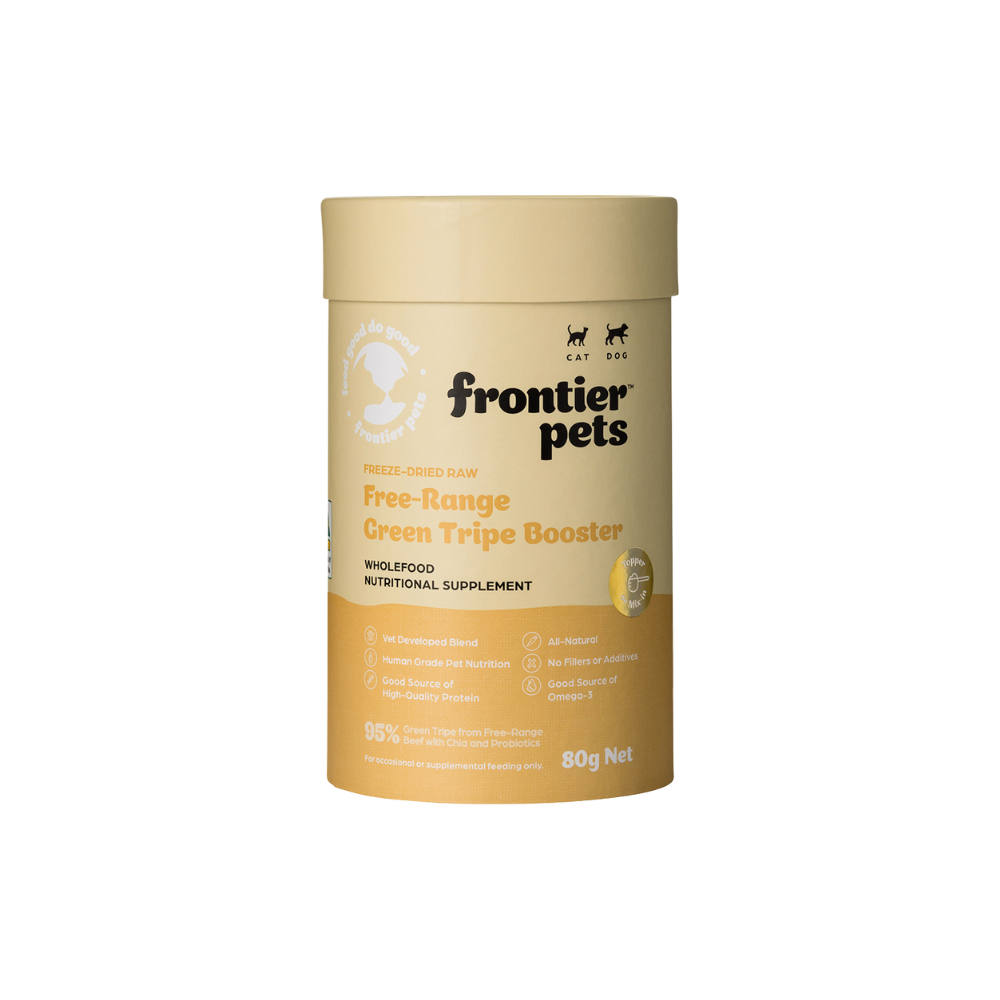What is Biologically Appropriate Raw Food (BARF) diet?

Key Takeaway: Why a BARF Diet is Best for Your Pets
A Biologically Appropriate Raw Food (BARF) diet is all about feeding dogs and cats the way nature intended—raw, high-quality meat without grains or artificial additives. It helps with better digestion, healthier teeth, and overall well-being by providing the nutrients pets need in their most natural form. For cats, this means a meat-heavy diet, and for dogs, it’s a mix of meat and some plant-based ingredients.
Here’s what you’ll find in this blog:
- What exactly a BARF diet includes like raw meat, organs, and bones for complete nutrition.
- Why grains and additives don’t belong in your pet's bowl.
- The real benefits of raw feeding from easier digestion to healthier teeth.
- Simple tips to get started with a raw diet for your pet.
What is Biologically Appropriate Raw Food (BARF) diet?
A Biologically Appropriate Raw Food (BARF) diet considers that the nutritional needs of dogs and cats are best met by mimicking the natural diet of ancestral and wild canines and felines. This approach focuses on providing raw food that is minimally processed and made from high-quality whole-food ingredients to ensure that pets receive optimal nutrition. Here’s an in-depth look into what constitutes a BARF diet and why it is considered beneficial for our companion animals.
Key Components of a BARF Diet
- Raw and Minimally Processed: The cornerstone of a BARF diet is raw food, as which retains its natural nutrients that may be lost during cooking and processing. Our food is prepared raw and then freeze-dried, which has minimal impact on the nutritional value of the raw food but offers a product that can be fed with maximum convenience.
- High-Quality Whole Food Ingredients: BARF diets prioritise ingredients that are as close to their natural state as possible. We use human-grade, Australian ingredients, organic where possible. Our high-quality food ingredients include meat, organs, tripe, bones, eggs, fruits, vegetables, nuts, and seeds.
- No Grains, Low Carb: Grains are excluded from BARF diets, naturally resulting in a low carbohydrate intake. This results in a higher proportion of fats and proteins, aligning with the natural dietary patterns of dogs and cats. This avoids any problems associated with using grains as cheap fillers and the resultant higher than ancestral carbohydrate levels.
- High Digestibility: The absence of grains and fillers makes the food highly digestible. Pets on a BARF diet typically have smaller, firmer stools due to the higher absorption of nutrients. Freeze-dried pet foods are the closest to raw pet foods, boasting a 99% digestibility rate compared to just 79% for kibble feeds (Butowski, C. F., D. G. Thomas, W. Young, N. J. Cave, C. M. McKenzie, D. I. Rosendale, and E. N. Bermingham (2019).
- No Added Nasties: BARF diets eliminate unnecessary additives and preservatives, which can be harmful to pets over time. The focus is on pure, unadulterated, whole food ingredient, additives and artificial preservatives.
- Dental Hygiene: Please be mindful that whilst a balanced raw diet, being anti-inflammatory may offer many health benefits, it doesn't fully address dental hygiene. All soft diets, including regular kibble, likely cause an increase in periodontal disease and only hard chew items effectively clean teeth (A Watson, 2006. Australian Veterinary Journal 71 pages 313:318). We recommend feeding bones if appropriate or teeth brushing to maintain optimal dental health.
What Biologically Appropriate Feeding for dogs mean?
Biologically appropriate dog food takes into account the natural biology of dogs. This includes an examination of their genetic ancestors, feeding habits, teeth structure and gut length. Based on this data we believe that dogs are designed to be omnivorous scavengers. Dogs thrive on a diet that includes mainly animal-derived foods, including meat, bones, offal, eggs and tripe along with plant material such ground fruits, vegetables, seeds and nuts. Our biologically appropriate diet for dogs, consists of approximately 85% animal-derived ingredients, ensuring they receive the high levels of protein and healthy fats and low carbohydrate necessary for their optimal health.
Wild dogs diet: Raw Dog Foods
Raw dog foods, also known as a biologically appropriate raw diet (BARF), aim to replicate the natural diet of a dog. This type of diet consists of raw meat, bones, organs, and other animal-based ingredients. It is believed to provide dogs with the essential nutrients they need for optimal health and well-being.
Including raw meat in a dog's diet allows them to consume a variety of amino acids and essential fatty acids. These nutrients are crucial for maintaining healthy skin and coat, promoting proper growth and development, and supporting the immune system. Additionally, raw bones serve as a natural source of calcium and phosphorus, which are vital for strong teeth and bones.
Incorporating other animal-based ingredients such as organs provides dogs with a rich source of vitamins and minerals. Liver, for example, is high in vitamin A, which is essential for vision and immune function. It also contains iron and B vitamins. Including a variety of organs ensures that dogs receive a wide range of nutrients necessary for their overall health.
Moreover, natural raw dog foods in the wild would include components such as skin and hair, providing nutrients but also essential fibre. They would eat the stomach and intestines (tripe) which contain nutrients, beneficial bacteria and digestive enzymes that aid in proper digestion.
What is Biologically Appropriate Cat Food?
Along the same lines, if we look at the natural biology of cats, we find that cats (Felis domesticus) are obligate carnivores. This means they absolutely have to have meat to thrive and that their ideal diet should consist almost entirely of animal-derived foods. The ideal natural BARF diet for a cat is a whole mouse: meat, bones, brain, eyeball, gut contents: the lot! It is very important not to just feed cats meat as this is not nutritionally complete. Frontier Pets biologically appropriate food for cats, contains around 95% animal-derived ingredients, ensuring our little hunters receive a high protein, low carbohydrate diet as nature intended.
Wild Cats Diet: Raw Cats Food
As obligate carnivores, wild cats’ diet consisted almost entirely of animal-origin foods. They hunted and consumed their prey rapidly, eating it raw and at body temperature. Their diet included little to no carbohydrates and only small amounts of vegetables, primarily the gut contents of prey. Cats also consumed the skin, hair, brain and bones of their prey.
📌 It's important to note that cats, as obligate carnivores have specific dietary requirements that differ from dogs or humans. They require high levels of protein and certain essential nutrients like taurine, which are primarily found in animal tissues. Thus, a BARF diet focuses on providing these crucial nutrients in their raw, natural form.
To provide a biologically appropriate diet for cats, a raw diet known as BARF (Biologically Appropriate Raw Food) has gained popularity. BARF focuses on mimicking the natural prey model of cats and providing them with optimal nutrition.
A balanced BARF diet for cats typically consists of raw meat, including muscle meat, organs (offal), tripe and bones. These components are essential for offering a balanced meal that mirrors their natural diet. The protein source, and body parts should be varied, including options like chicken, beef, rabbit, kangaroo and fish, to ensure a range of nutrients.

Raw Bones for Dental and Overall Health
We believe that feeding raw bones is beneficial for both cats and dogs. As Dr. Ian Billinghurst suggests in his book "Give Your Dog a Bone," bones serve as a natural toothbrush for dogs. Chewing on bones helps clean teeth and prevent dental disease. The act of gnawing on bones helps to remove plaque and tartar buildup, reducing the risk of dental disease such as gum inflammation or periodontal disease. It's like a natural toothbrush for your pet!
In addition to dental health, feeding bones provides mental and physical stimulation for your pet. The act of chewing and gnawing on bones engages their jaws and helps to exercise the muscles in their mouth. This not only provides entertainment and mental stimulation, but it also helps to prevent boredom or resultant destructive behaviours. It is a great way to relieve stress.
Furthermore, chewing on bones can contribute to your pet's overall well-being and fitness. It provides an outlet for their natural instinct to chew and tear at prey, which is a behaviour deeply ingrained in their evolutionary history. This can help prevent behavioural issues and improve their overall mood and contentment.
When feeding bones to your pet, it's very important to choose the right type and size of bone for them:
- Softer raw meaty bones, like raw chicken necks, wings and frames are generally recommended as they are softer and more easily digestible compared to cooked bones, which can splinter and pose a choking hazard.
📌 It's also very important to introduce bones gradually to acclimate the gut. Introducing too many too soon can cause constipation. Soft bones are better for nutritional benefits, while harder bones are excellent for dental health and enrichment. Harder bones can sometimes splinter teeth so it is a matter of balance to fine tune all these factors.
It takes time to teach your dog or cat to safely chew bones. Care may be needed with very piggy eaters that they don't eat too quickly. Many cats can be fussy and need convincing!
Are raw bones safe for dogs and cats?
Yes, raw bones are safe for cats and dogs. However, when feeding raw bones to dogs and cats, it is crucial to take certain precautions to ensure safety.
- Size and Type of Bones: Choose bones that are appropriate for your pet's size and chewing capabilities. Larger, weight-bearing bones like beef femurs or knuckle bones are too hard and can result in tooth fractures. Instead, opt for softer bones such as raw chicken necks, raw chicken wings, or turkey necks, which provide both nutritional benefits and dental health advantages without the risk of dental injury.
- Raw, Not Cooked: Raw bones are more pliable and less likely to splinter compared to cooked bones, which can pose a choking hazard or cause blockages. So always give your pets raw bones to minimize any potential risks and avoid cook bones at all cost.
- Supervision: When giving your pets bones to chew on, ensure they are supervised. Although bones are generally safe for most dogs and cats, accidents can still happen. Observe their chewing behaviour and take the bone away if it becomes too small or if they start to swallow larger pieces. Frozen or dried raw bones can help to slow down some of our enthusiastic eaters resulting in a safer experience.
Is It Safe for Cats and Dogs to Eat Each Other’s Food?
Yes, it is generally safe for cats and dogs to eat each other's food now and again. This is unavoidable in a mixed species family. They can each sample the others food that is no problem do don't freak out. However, it is not Ok for cats to have dog food as a sole diet due to the specific dietary requirements of cats. It is better for cats and dogs if they have their own species appropriate food: it’s essential to ensure that their primary diet meets their specific nutritional needs.
The History of Modern Commercial Pet Foods
The history of commercial pet food is a tale of two inventions. In the 1860s, James Spratt, an American living in London, drew inspiration from street dogs and created the first dog biscuit – a mix of wheat, vegetables, beetroot, and meat. This innovation marked the birth of the commercial pet food industry.
Fast forward to 1922, and James Chapel, this time a Londoner in the USA, introduced the first canned pet food. Made from horse meat, it quickly became the preferred choice for both dogs and cats, with canned food capturing a whopping 90% of the US market.
However, World War II threw a wrench into things. Tin, a crucial component of canned food, became scarce due to war efforts. This made canning expensive and less practical, paving the way for dry food to reclaim its dominance. This shift towards dry food significantly shaped the modern pet food market we know today.
Many popular dry foods (kibbles) include a lot of grain as this is a cheap ingredient but is not a natural ingredient for our dogs and cats. As this became common knowledge consumers started to look for grain free alternatives. Despite meeting AAFCO standards, these foods often contain high levels of cereals, gluten, and fillers, making them less nutritionally beneficial and harder to digest compared to raw food diets.
Commercial foods often contain cheap animal parts (by product or meals) instead of whole human grade meat and bones.
The rise in feeding of processed commercial foods since the 1960’s has been led in part by convenience. However, whilst convenient, all processed pet foods, including kibble, canned food, and other dry varieties, can contribute to dental problems in pets by contributing to plaque and tartar buildup and not being effective in aiding its removal. Teeth brushing, feeding bones or special dental diets are often recommended to counteract that.
Conclusion
A Biologically Appropriate Raw Food (BARF) diet aligns closely with the natural dietary needs of dogs and cats. By focusing on raw, high-quality ingredients and eliminating grains and artificial additives, a BARF diet ensures that pets receive optimal nutrition, better digestion, and improved overall health. While transitioning to a BARF diet, it's essential to go slowly; consider introducing them to bones or soft cartilage parts like chicken necks, which would benefit their dental health as appropriate for your pets.
This general health advice comes from holistic veterinarian Dr. Kathy Cornack. For any specific health concerns about your pet, please consult your veterinarian. Individual animal needs may vary. This is general advice only.
Frequently Asked Questions (FAQs)
Yes, Frontier Pets Food is considered a BARF (Biologically Appropriate Raw Food) diet because it follows the core principles of BARF diet design. This includes using raw, minimally processed, and high-quality whole food ingredients, focusing on animal-derived ingredients to meet the natural dietary needs of dogs and cats so it's naturally grain-free. Additionally, Frontier Pets Food uses human-grade, Australian ingredients, making it a nutritionally optimal choice for pets. Even when it’s freeze-dried, it remains a BARF diet because this method simply makes raw feeding more convenient while preserving the nutritional integrity of the raw ingredients.
Frontier Pets is rated as Australia's top pet food on Frontier Pets Reviews and take a look at the feedback from Aussie dog owners. Additionally, you have the option to purchase a 300g bag of our freeze-dried raw food as a sample for your pets to try.
More Blog posts
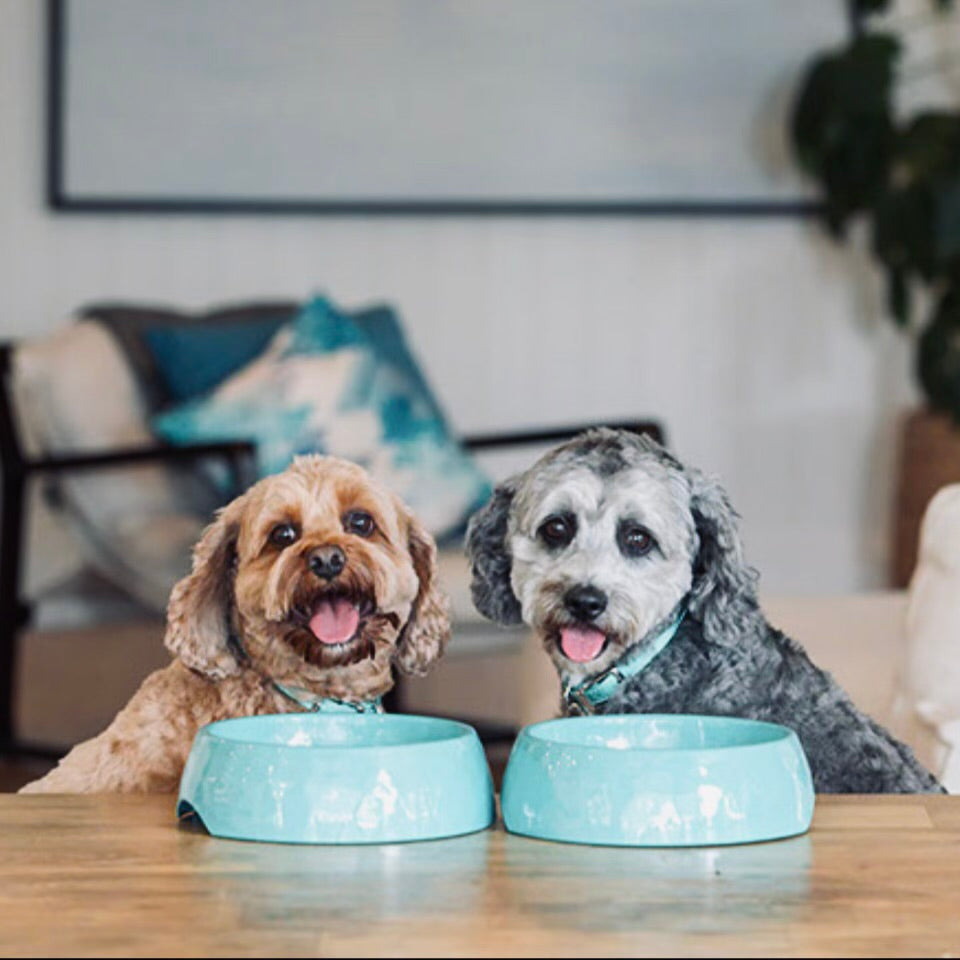
Best Low Maintenance Dog Breeds in Australia
Choosing your new fluffy companion is never easy. There is a wide range of considerations that go into finding the perfect pup for you! From your lifestyle to your living arrangements, it’s importa...
Read more
Steps With Pets Charity Challenge, August-September 2025
Steps with Pets – Tottenham Hotspur’s global charity dog-walking challenge, supported by Frontier Pets Calling all dog-loving Spurs fans around the world! This is your chance to combine your pass...
Read more
